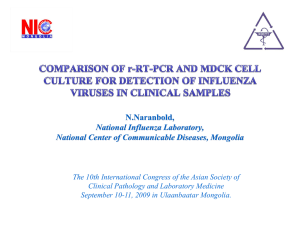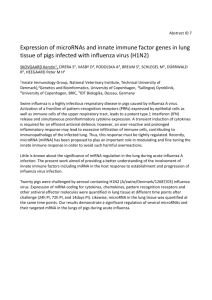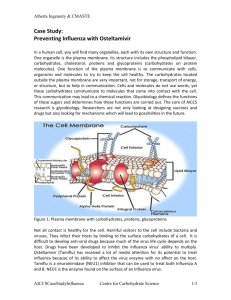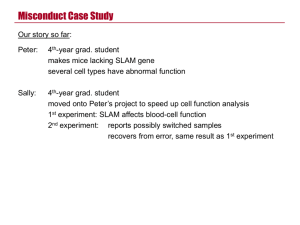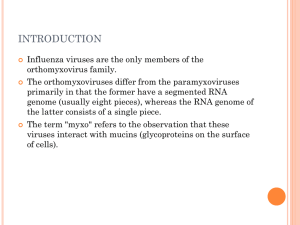Detection and quantitation of influenza virus particles using
advertisement
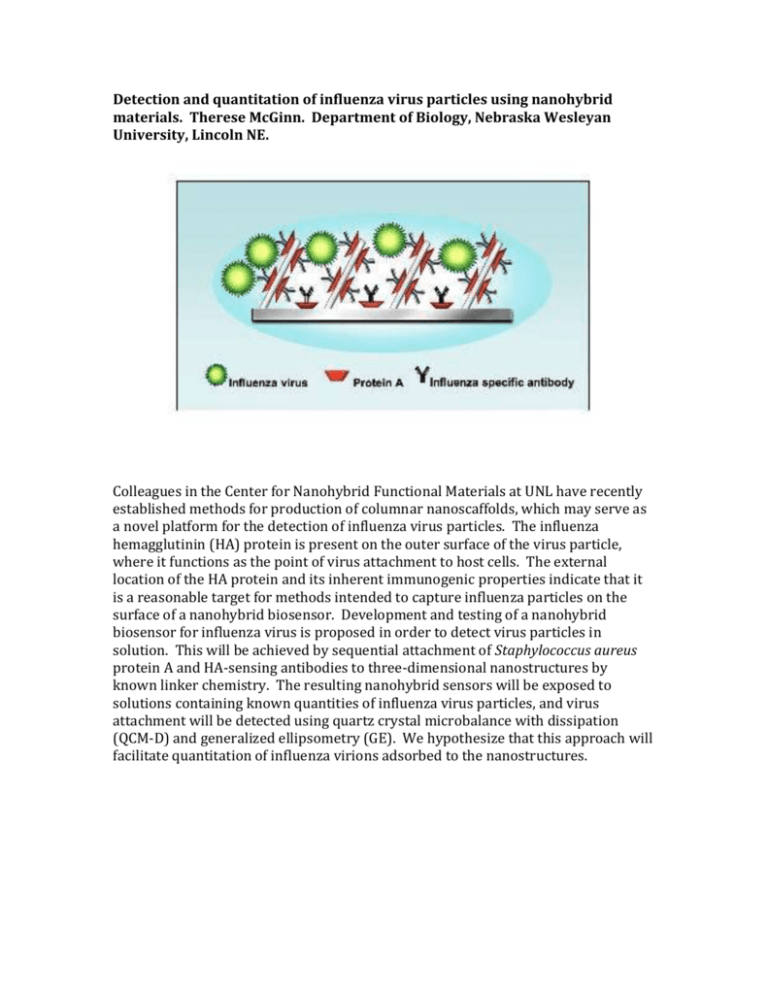
Detection and quantitation of influenza virus particles using nanohybrid materials. Therese McGinn. Department of Biology, Nebraska Wesleyan University, Lincoln NE. Colleagues in the Center for Nanohybrid Functional Materials at UNL have recently established methods for production of columnar nanoscaffolds, which may serve as a novel platform for the detection of influenza virus particles. The influenza hemagglutinin (HA) protein is present on the outer surface of the virus particle, where it functions as the point of virus attachment to host cells. The external location of the HA protein and its inherent immunogenic properties indicate that it is a reasonable target for methods intended to capture influenza particles on the surface of a nanohybrid biosensor. Development and testing of a nanohybrid biosensor for influenza virus is proposed in order to detect virus particles in solution. This will be achieved by sequential attachment of Staphylococcus aureus protein A and HA-sensing antibodies to three-dimensional nanostructures by known linker chemistry. The resulting nanohybrid sensors will be exposed to solutions containing known quantities of influenza virus particles, and virus attachment will be detected using quartz crystal microbalance with dissipation (QCM-D) and generalized ellipsometry (GE). We hypothesize that this approach will facilitate quantitation of influenza virions adsorbed to the nanostructures.

